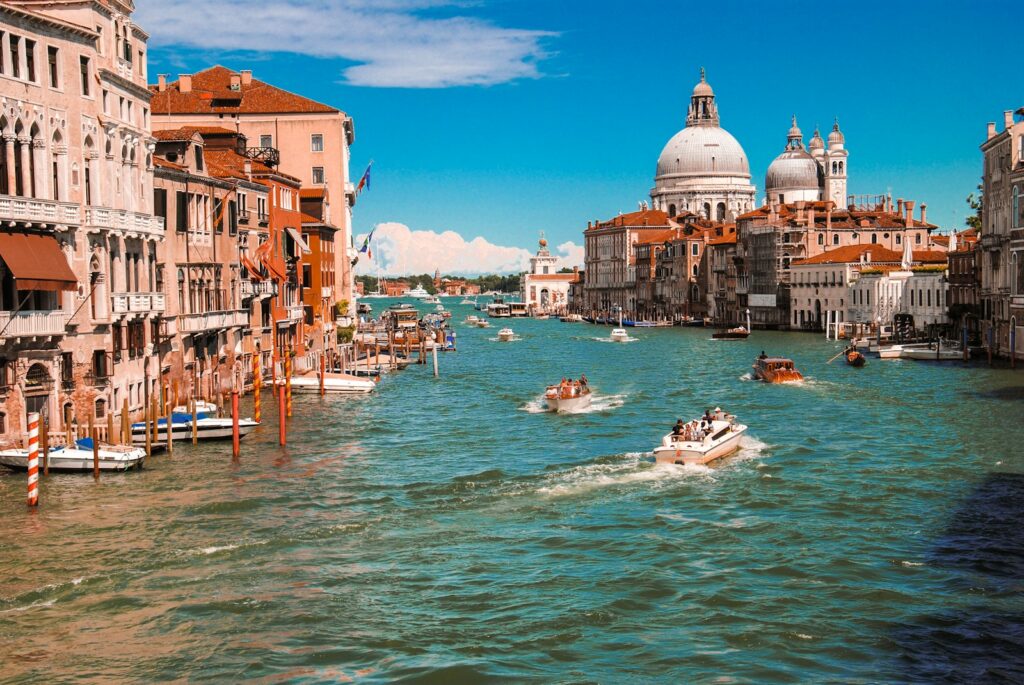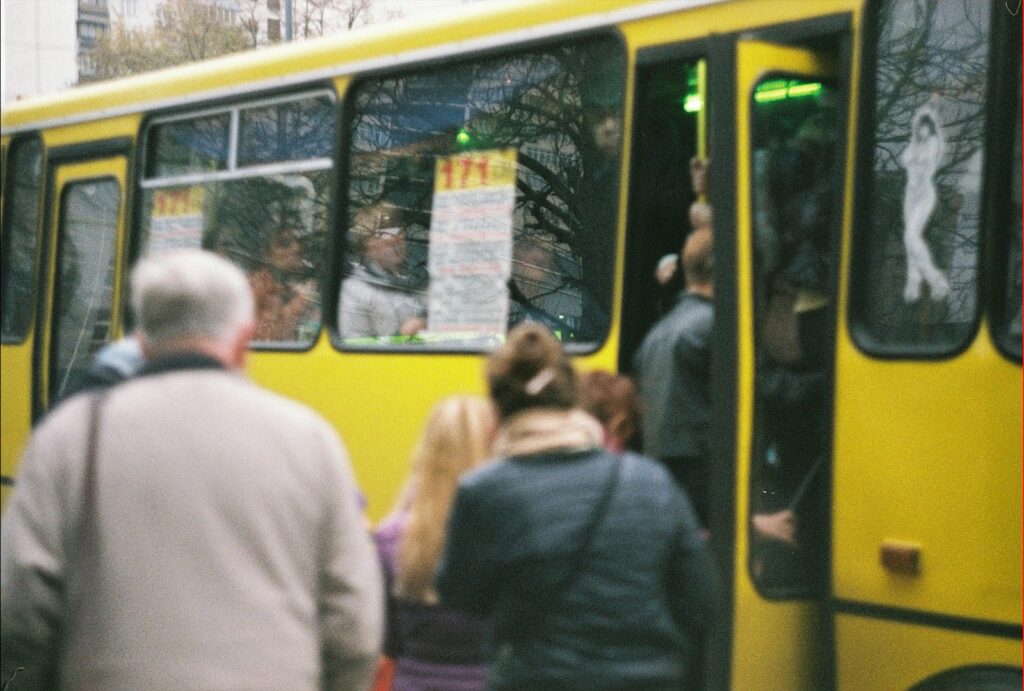Planning a trip to Italy can sometimes feel like trying to unlock a hidden world. You might pore over guidebooks and scour the internet, filling your head with incredible places to see and wonderful things to do. Yet, even with all that research, there are often small, crucial details that only someone who has lived there, someone with true insider knowledge, would know—the little things that can save you from awkward moments, unexpected fines, or simply make your experience smoother and more authentic.
Having spent many years navigating this beautiful country, I’ve seen tourists make the same easily avoidable mistakes time and again. It’s not always their fault; some things just aren’t widely publicized, buried beneath the lists of historical sites and must-try dishes. Knowing these insider tips beforehand can transform your trip from a standard vacation into a truly immersive Italian adventure.
So, let’s dive into some of the key things I wish more visitors knew before they arrived. These are the practical, cultural, and sometimes surprising insights that can help you travel through Italy feeling more like a local and less like a bewildered newcomer. From managing the physical landscape to understanding everyday transactions and interactions, here are the first seven essential secrets for a truly memorable Italian journey.

1. **Navigating Italy’s Small Spaces**: One of the first things you’ll likely notice when you travel through Italy is just how compact everything seems to be, especially the roads. Unlike many places, the infrastructure here was built centuries ago, long before large vehicles were commonplace. This means streets can be incredibly narrow, and parking spots can be tight squeezes.
This is why you’ll see so many small cars like the FIAT 500 zipping around. They are popular precisely because they can nimbly navigate Italian traffic and fit into those challenging small places. When planning your trip, consider renting a smaller car than you normally would. This single choice can make driving and parking infinitely less stressful.
Adjusting your luggage is also key. Hotel rooms are often much smaller and more compact than you might expect. Bulky suitcases take up valuable space, leaving less room for you to comfortably move around. Traveling light and packing smaller bags will make your life much easier from the moment you arrive, especially when dealing with the physical realities of Italian architecture and transport.
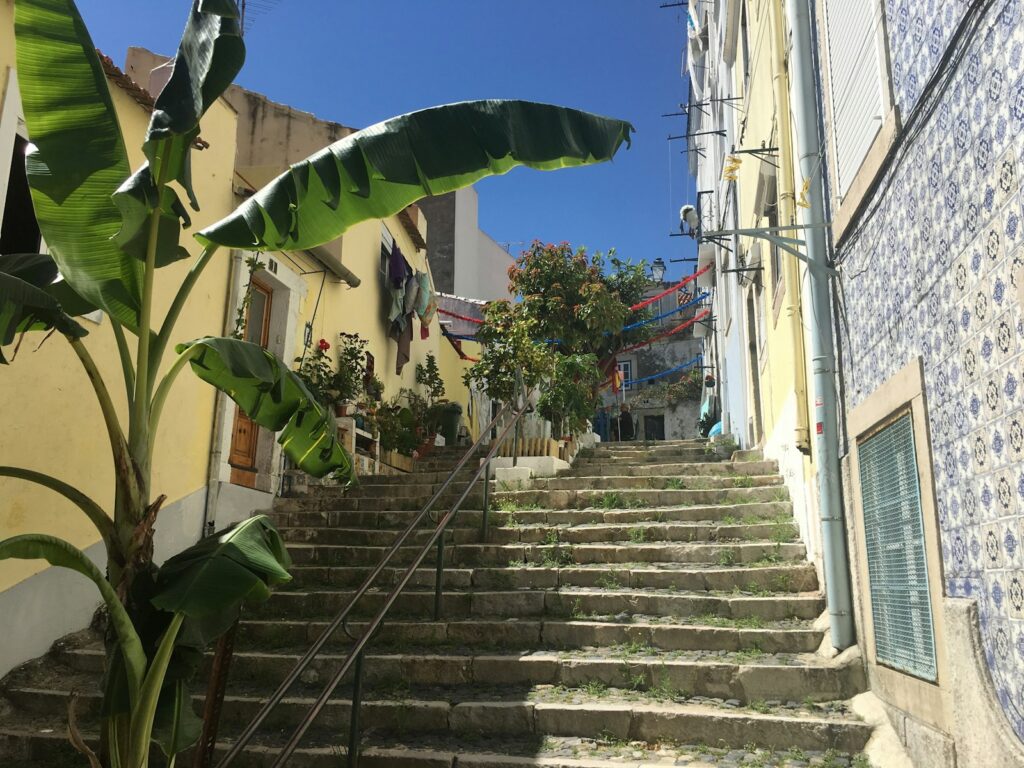
2. **Conquering the Ubiquitous Stairs**: Get ready for a workout! Italy, particularly its older cities and picturesque villages, is full of stairs. They are everywhere you look, embedded in the landscape, leading up to charming piazzas, within hotels, and winding through ancient alleyways. Lugging a heavy, oversized suitcase up and down these countless steps is truly a bad idea.
This abundance of stairs is another compelling reason to pack lighter and smaller. Think about using compression bags to maximize space and minimize the size and weight of your luggage. Consider if you truly need ten pairs of shoes; often, a few versatile options will suffice. Traveling light makes getting around significantly easier.
Beyond just luggage, the prevalence of stairs is important to consider if you have mobility issues. While many major attractions might have accessibility options, navigating the general urban landscape will take longer and require more effort. On the bright side, all that climbing provides excellent cardio, helping you burn off some of those delicious pasta calories! Even relatively flat cities like Venice, Florence, and Milan have their share of staircases; for instance, visiting the Milan Duomo rooftop requires climbing 256 stairs, although there is fortunately an elevator option.

3. **Mastering Essential Italian Pronunciation**: While Italians are generally understanding and appreciate visitors trying to speak their language, getting certain common words wrong can be a dead giveaway that you’re a tourist and, frankly, sometimes elicit a polite (or not-so-polite) reaction. A prime example is the popular appetizer, bruschetta. It’s pronounced ‘Bru sketta,’ not ‘brushetta.’
This might seem like a small detail, but mispronouncing it is a very common mistake that can earn you an eye-roll or a quiet laugh from a waiter when you order. Taking a moment to learn the correct pronunciation of basic Italian words, especially food items you plan to order, is a sign of respect for the culture and can smooth your interactions significantly.
Getting the pronunciation right helps you blend in just a little bit more. While your way of dressing might already identify you as a visitor, mastering a few key pronunciations shows you’ve done your homework and are making an effort. Everyone in Italy is incredibly stylish, so little things like language nuances become more noticeable.

4. **Preparing for Italy’s Varied Weather**: If there’s one thing to know about the weather in Italy, it’s that it can be incredibly inconsistent. It varies widely not only from region to region but also from morning to evening within the same day. You might encounter sweltering heat in Tuscany one day and need a light weatherproof jacket along the Ligurian coastline the next.
If there’s one thing to know about the weather in Italy, it’s that it can be incredibly inconsistent. It varies widely not only from region to region but also from morning to evening within the same day. You might encounter sweltering heat in Tuscany one day and need a light weatherproof jacket along the Ligurian coastline the next.
This fluctuating weather can make packing light feel like a challenge. However, it’s entirely possible to be prepared without bringing your entire wardrobe. The key is layers and versatility. Plan on needing both light attire for heat and something warmer for cooler evenings or different climates.
Remember, you can wear the same item more than once! Packing versatile pieces that can be mixed and matched, or layered up or down is essential. Doing a little laundry along the way is also a practical solution. A stylish wool scarf, for instance, can be a fashionable accessory during the day and make eating dinner outdoors much more comfortable when the temperature drops.

5. **Understanding Service Charges in Restaurants**: Ah, the age-old question for tourists: how does tipping work? In Italy, generally speaking, service is included at most restaurants. This is a crucial difference from places like North America, where a 15% to 20% gratuity is standard practice. The same often applies to taxi cabs; the fare is typically all-inclusive.
However, particularly in more heavily touristed areas, some restaurateurs and wait staff might try to take advantage of tourists who are used to adding a large tip. You might see “SERVICE NOT INCLUDED” written in capital letters on the bill, or the person processing your payment might ask if you’d like to add something when they hand you the payment terminal. It’s always a good idea to check your bill carefully.
If service is included, you are not obligated to tip extra, although leaving a small amount for exceptional service is always appreciated. But don’t feel pressured to add a large percentage if the service charge is already part of the bill. The excellent service we received at a lovely garden terrace in San Quirico d’Orcia, for example, was already included in the final amount.

6. **Driving Like an Italian (or Safely Beside Them)**: Italy is renowned for its sports cars and racing heritage, so it’s no surprise that people drive fast. You might expect this on the Autostrade, where the speed limit is 130 km/h. But there’s fast, and then there’s Italian fast! The best general advice when driving in Italy is often simply to get out of the way if someone is coming up behind you quickly.
Remember the rules of the road: stay in the center or right-hand lane unless you are actively passing another vehicle. When you do pass, be extra cautious. Always look behind you in the far distance for fast-approaching cars before you pull out. Vehicles capable of very high speeds, like a Porsche (which can reach a top speed of 292 km/h), can overtake you in seconds, seemingly appearing out of nowhere.
So, pass with great care, or if you’re not comfortable with the speed and assertiveness of Italian drivers, simply stay in your lane. A beautiful car like a Porsche seen on the streets of Florence isn’t just transportation; it’s a work of art, perfectly at home in a city filled with masterpieces, and its presence is a reminder that speed is often part of the driving culture here.
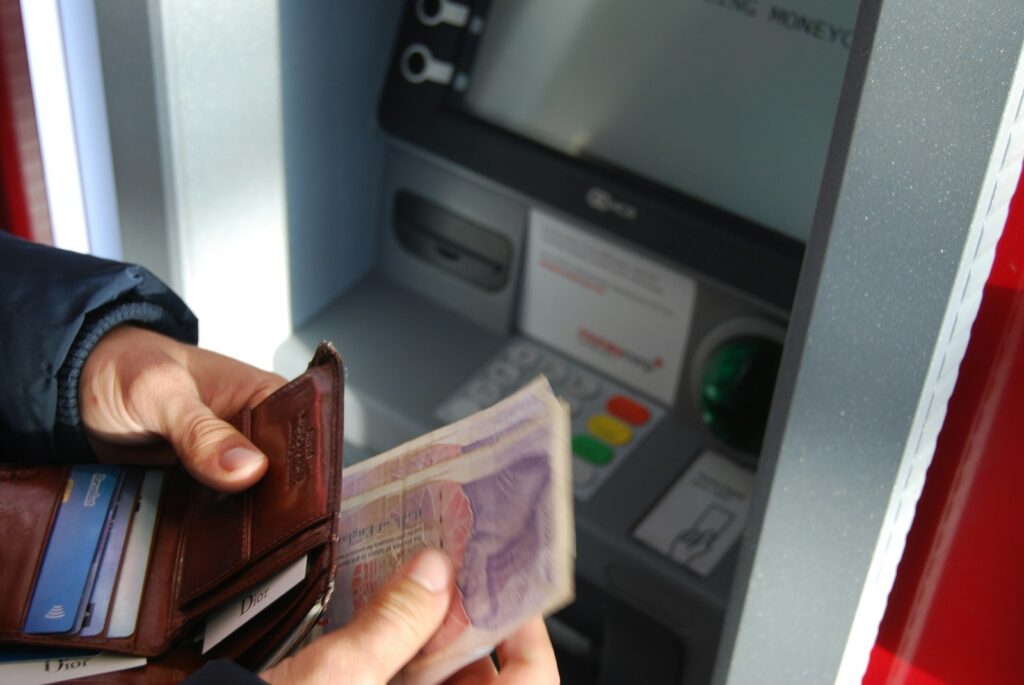
7. **Choosing Your ATMs with Care**: Accessing cash is a necessity when traveling, but in Italy, you need to be discerning about where you withdraw money. In many countries, most ATMs are safe to use with minimal fees. In Italy, it can feel a bit more like “buyer beware.” Some ATM networks are known for charging hefty transaction fees and offering notoriously poor exchange rates.
Euronet is specifically mentioned as an example of a network to be wary of, known for its high fees and unfavorable rates. Many establishments hosting these less favorable ATMs actually receive a commission on each transaction, incentivizing their placement. This makes it crucial to seek out alternatives.
Instead of using independent ATMs, aim for ATMs that are affiliated with major banks. Using a bank ATM that is part of a system like the Plus System is generally a much safer bet, offering better rates and lower fees. Another alternative, if needed, is using your credit card for a cash advance directly from a bank, although this should also be done with an understanding of your card’s fees for such transactions.
Alright, let’s continue peeling back the layers of what truly makes a trip to Italy tick, venturing beyond the initial practicalities into some fascinating cultural nuances and essential on-the-ground realities. Having navigated the physical landscape, the weather, and some initial financial considerations, let’s dive into the next set of insider tips that can significantly enhance your Italian adventure and help you feel a little more at home. These are the things that often surprise first-time visitors but are second nature to those who’ve spent time immersed in the country’s vibrant way of life.
They say when in Rome, do as the Romans do, and that sentiment extends across all of Italy. While you’ll undoubtedly look like a tourist no matter what you do, making an effort to understand and adapt to these local customs and practicalities will not only make your journey smoother but also richer. From savoring local flavors in unexpected ways to handling everyday transactions and understanding some of the less obvious rules, paying attention to these next seven points can really elevate your experience. Let’s pick up right where we left off, sharing the next crucial insights to help you navigate Italy like a seasoned traveler.

8. **Embracing the Value of House Wine**: Forget any preconceived notions you might have about ‘house wine’ based on experiences elsewhere. In Italy, the vino della casa is almost always a delightful and incredibly valuable option. Unlike some places where it might be seen as a last resort, Italian house wine is typically locally produced, often by vineyards just a stone’s throw from the restaurant itself, ensuring freshness and a genuine taste of the region.
This local production is key to its quality. You’re frequently drinking wine made by people deeply connected to the land and its traditions, resulting in something far superior to mass-produced plonk. We discovered this treasure trove of value relatively late in our trip, and in retrospect, we probably missed out on sampling many truly excellent, authentic local wines by sticking to bottled options initially. Making a point to try the house wine is a fantastic way to sample local flavors and support regional producers.
It’s not just about saving money, although it’s certainly an economical choice. It’s about immersing yourself in the culinary landscape. Sampling the local Vermentino in Riomaggiore, Cinque Terre, for instance, is an experience tied directly to that place, its climate, and its people. So, next time you’re poring over a wine list, give the house wine a serious look—you’re likely to be pleasantly surprised by the quality and the incredible value it offers, providing a true taste of the local culture.
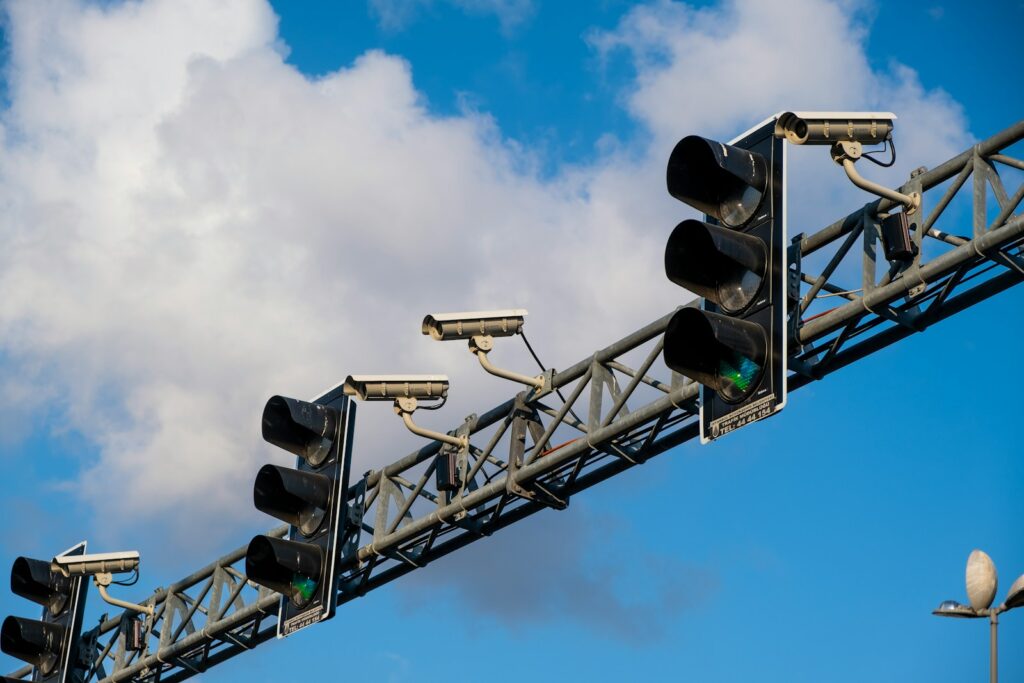
9. **Understanding the Ubiquity of Traffic Cameras**: Italy has embraced technology when it comes to traffic enforcement, and you need to be aware that traffic cameras, known as Autovelox, are absolutely everywhere. We’re talking in the tens of thousands across the country! This isn’t just a minor detail; these cameras are diligent and unforgiving, especially when it comes to monitoring speed limits.
What makes them particularly tricky for tourists is that they are often strategically placed in areas where speed limits change abruptly. You might be cruising along at 130 km/h on the Autostrade only to suddenly hit a zone where the limit drops significantly, and BAM, there’s a camera waiting. Keeping your eyes focused far down the road to spot speed change signs is absolutely critical if you’re driving.
And here’s the kicker: you might not even know you’ve been caught until months later. Speeding tickets issued by these cameras can, and frequently do, land in your mailbox long after you’ve returned home. They have systems in place to track down drivers, even those from other countries. So, while Italian drivers might seem fast and assertive, the system holds everyone accountable through technology. Stay vigilant about your speed and watch out for those ubiquitous cams!

10. **Mastering the Art of Italian Food and Coffee Ordering**: Ordering food and coffee in Italy isn’t just about choosing what you want to eat or drink; it’s wrapped up in its own set of customs and, yes, some things that are definitely *not* done. For starters, if you walk into a coffee bar wanting a quick espresso, you’ll usually need to pay the cashier first to get a receipt (uno scontrino) before you take that receipt to the barista to actually order and receive your coffee. Trying to order directly at the bar might get you a polite redirection to the cashier, or if you’re unsure, asking “Devo fare prima lo scontrino?” “Do I have to get a receipt first?” is always a safe bet.
When it comes to coffee, perhaps the most famous ‘rule’ is about cappuccino. While delicious, ordering a cappuccino after 11 am is generally considered a major faux pas by Italians. The belief is that milk-based coffees like cappuccinos are heavy and mess with your digestion, especially after a meal. Many travelers have reported receiving confused looks or even being gently scoffed at by waiters for making this ‘mistake.’ While you can ultimately order what you like, being aware of this custom is part of understanding the culture. And remember, Italians typically stand at the bar to drink their quick coffee, which is also cheaper than sitting at a table.
Beyond coffee, there are specific food pitfalls to avoid. Ordering “Spaghetti Bolognese,” for instance, is a dead giveaway you’re a tourist. The traditional dish from Bologna is actually “Tagliatelle al Ragù,” served with broader noodles because they hold the meat sauce better. Similarly, don’t go looking for “Alfredo sauce”—that’s largely an American creation and not something you’ll find in authentic Italian cuisine. While pizza and pasta are incredible here (and you absolutely *must* try them, perhaps seeking out places like that amazing tiny shop in Foggia), Italy’s culinary scene is vast and varied. Don’t limit yourself; explore other dishes, try local specialties, and be wary of restaurants with greeters aggressively selling the menu on the pavement—these are often tourist traps. And while we’re on food, manage your expectations for breakfast; it’s usually a light affair, maybe a pastry and coffee, not the hearty, savory spreads some might be used to. Oh, and another crucial food-related point: distinguishing real gelato from the fake stuff is key for a truly delicious experience!
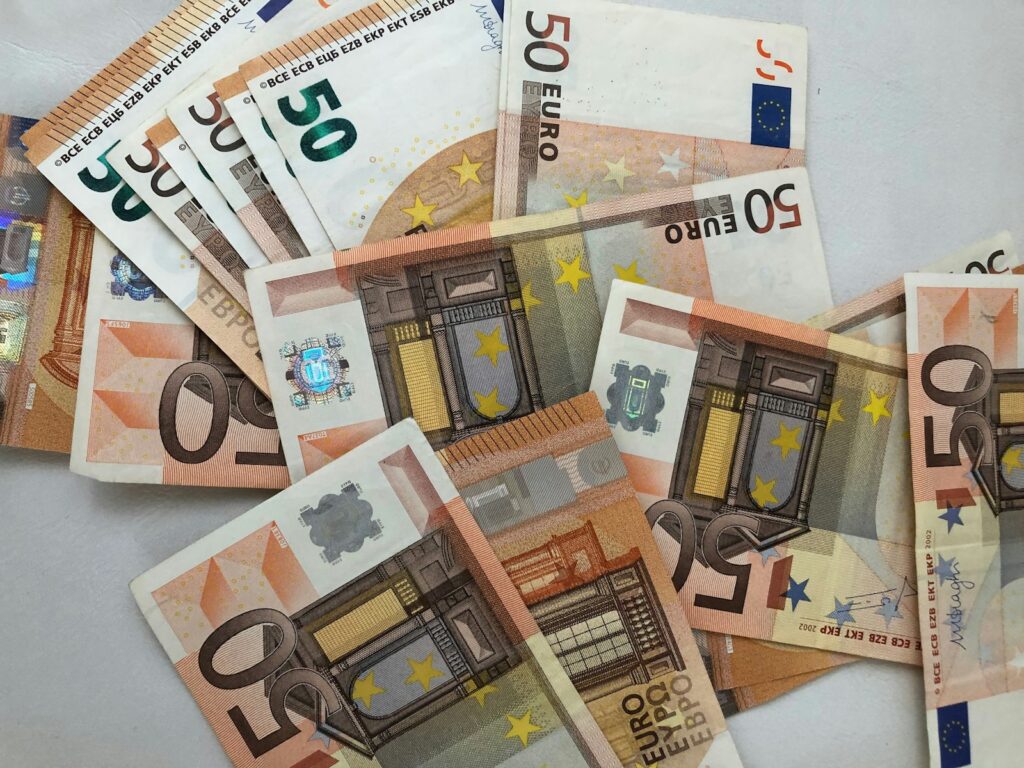
11. **Understanding Why Cash is Still King**: While card payments are becoming more common, especially in larger establishments, you’ll quickly learn in Italy that cash still reigns supreme, particularly for smaller transactions. Many places, from tiny cafes to local shops, prefer or even require cash for bills under a certain amount, often around €10. This is a critical detail that can save you awkward moments at the cash register.
Relying solely on credit cards or large bills is not advisable. You need to have euros readily available, and having small change is even more important. Attempting to pay for a couple of coffees with a large denomination bill, like a €50 note, will likely be met with a frown, especially if the establishment is busy and doesn’t have much change on hand. It requires them to break a large bill for a small transaction, which can be inconvenient.
So, while using bank ATMs (as discussed in Section 1) is the safest way to get cash, make sure you break larger bills when you can and keep a supply of smaller notes (€5, €10, €20) and coins for everyday purchases like coffee, gelato, small souvenirs, or market purchases. It makes transactions much smoother and is the expected way of doing business for smaller amounts across the country.
12. **Navigating Public Transport Tickets and Validation**: If you plan on using public transport like buses, trams, or regional trains in Italy, there’s one rule you absolutely must internalize to avoid potential fines: always purchase your ticket *before* you board. Unlike many other European cities where you can buy a ticket directly from the driver, this is typically not the case in Italy. Boarding without a valid ticket means you are traveling illegally.
Furthermore, simply possessing a ticket isn’t enough for regional trains. You must validate it before your journey begins. For trains, this involves finding one of the yellow validation machines usually located at the entrance of the station or on the platform and inserting your ticket to get it stamped with the date and time. For buses and trams, validation machines are typically located inside the vehicle; you need to insert your ticket upon boarding. Validation marks the ticket as used and is proof that you are traveling legally for that specific journey.
Failure to have a ticket or failure to validate it means you risk a significant and immediate fine if a ticket inspector checks your journey. Inspectors can appear suddenly and are quite strict. The good news is that unvalidated tickets don’t expire, so you can buy a few in advance and keep them in your wallet, validating them only when you are about to use them. This simple step can save you from a nasty, fast fine and ensure a stress-free public transport experience.
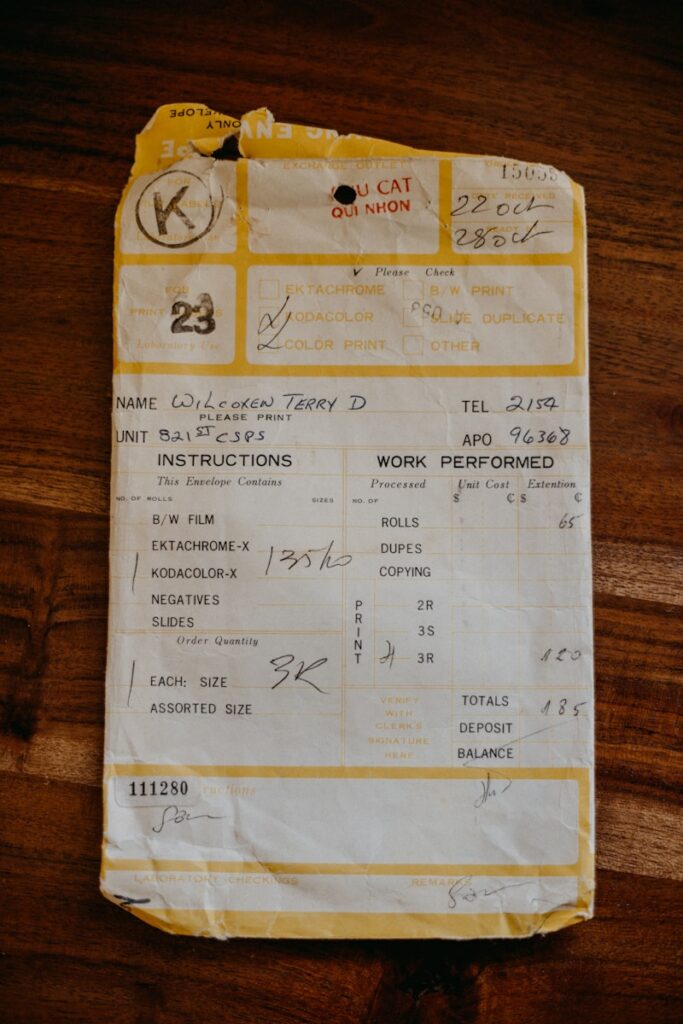
13. **The Importance of Keeping Essential Receipts (Lo Scontrino)**: Here’s a practical tip with a surprising legal twist: when you make a purchase in Italy, especially at a restaurant, shop, or cafe, you will almost invariably be given a receipt, known as uno scontrino. And here’s the crucial part—you are legally required to take that receipt and keep it with you for a short distance after leaving the establishment.
Why? Because tax evasion is a significant issue, and the authorities can and do conduct checks on both businesses and customers to ensure transactions are being properly recorded and taxed. If you are stopped by a tax inspector shortly after leaving a shop or restaurant and cannot produce a receipt for your recent purchase, both you *and* the establishment could face a fine on the spot. It’s a system designed to incentivize proper tax reporting at the point of sale.
While the strict requirement is to keep it for 100 meters away from the store or restaurant, many simply keep it for a little while longer just to be safe. Waiters might even thrust the receipt into your hands as you pay, explicitly to ensure you take it and they fulfill their part of the obligation. So, don’t just leave your receipt on the table or discard it immediately; pocket it and keep it with you for a few minutes after you’ve exited. It’s a small habit that can prevent a completely avoidable and frustrating fine.
Navigating Italy, with its deep history, vibrant culture, and charming complexities, is an absolute joy. These insights, straight from those who know the country intimately, aren’t meant to be daunting rules but rather helpful signposts. They’re the little pieces of the puzzle that, once understood, can transform your trip from simply seeing the sights to truly experiencing the Italian way of life, caffè crema, truffle sauce, and all. Armed with this insider knowledge, you’re ready to explore this beautiful country with greater confidence and authenticity. Happy travels!

